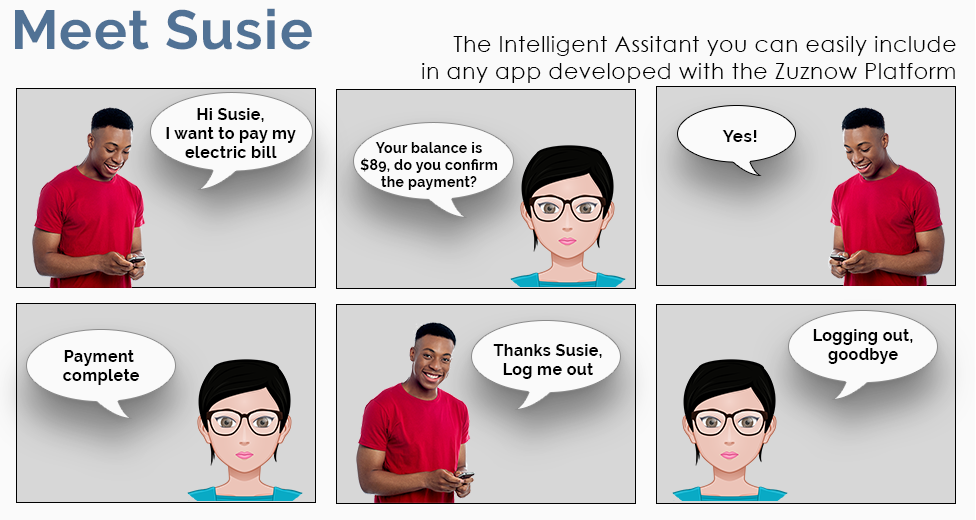
Human-machine interface, or in simple terms, the way we interact with machines, has evolved tremendously over the years. In the beginning, when computing power was extremely scarce and expensive, investing this resource on a user interface just did not make sense. Today, when our smartphones use more computing power than a supercomputer did in the past, technology vendors invested a lot in making the human-machine interaction much more natural and intuitive.
Textual Interface
For many years, a textual interface was the only way to interact with computers. It started by using commands with a strict format and evolved into free natural language text. A common use of textual interaction is search engines; Today I can write a natural sentence such as “search for a cheap flight from NYC to Paris” and Google will provide me with a list of relevant cheap flights. A new evolution for textual interfaces is chatbots. The usage of chatbots is an interesting shift, where human-machine textual interaction becomes more natural, much like a text conversation with a friend.
Graphical Interface
A later evolution of human-machine interface was the graphical user interface (GUI) that mimicked the way we perform mechanical tasks in real life, like pushing a button to turn on/off a device. The GUI became extremely popular during the 90’s with the introduction of Microsoft’s Windows, which became the most popular operating system for personal computers. The latest advance of graphical interfaces was the introduction of touch screen devices; this represents a more natural way of doing tasks than with a mouse.
Voice-Based Interaction
A new way to interact with machines has been introduced voice-based computing. Machines recognize our voice, understand our conversation, respond back and provide assistance. Being a natural interaction method for humans, voice computing will tremendously increase the engagement of users with applications and will increase KPIs by providing a natural way for users to achieve their goals.
Implementation
Most applications that we use today could and should take advantage of the voice-control interaction to ease our lives and let us interact in a much simpler way. Whether it is used for paying my utility bill, to transfer money from my bank account, ask for a loan or even report a problem or hazard using my city app.
The Challenge
As we know from history, as human-machine interaction becomes more sophisticated it becomes more natural. Creating a high-quality user experience becomes harder as expectations rise. While creating a simple command line text based interface can be done by any developer, a high-quality user interface requires many specialists including designers and front-end developers.
Just like any new technology, voice computing adds another challenge for CTOs and CIOs in small and large enterprises because it requires a new set of developer skills. To enable voice-control interaction, developers must prove profound knowledge in machine learning, voice recognition and natural language processing. To build a team to fully support such initiatives, companies are forced to invest a large amount of money and resources, whereas the ROI is not always there to justify such an investment.

Voice-Based-Interaction — Made Easy
Voice-based-interaction simplifies specific actions for our customers and automatically increases their engagement with our software. Whether it is a banking, e-Commerce or social application, the more a customer is engaged, the more your KPI’s are realized.
The Zuznow platform is built and designed to empower enterprises to react in real-time to market UI and UX trends, with the goal of continuously increasing their clients’ engagement. Using the Zuznow platform our customers are seamlessly implementing advanced GUI, native features and also voice-control features, in a low-code web development environment, that requires none of the above mentioned sophisticated skills.
Our latest release includes an integrated intelligent assistant feature, comparable to Apple’s Siri or Google Assistant, in as little as a couple of hours or as much as 2 days. It requires no special understanding of AI or voice recognition and can be easily configured with jQuery, JavaScript, HTML and CSS.
Using this module, our clients are now able to roll-out voice-control capabilities in no-time. We even prepared a demo of a sample online banking app. You can watch it here.
Image credit: CC by DSmous



